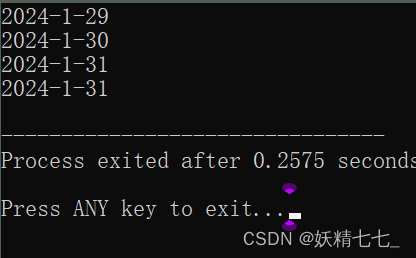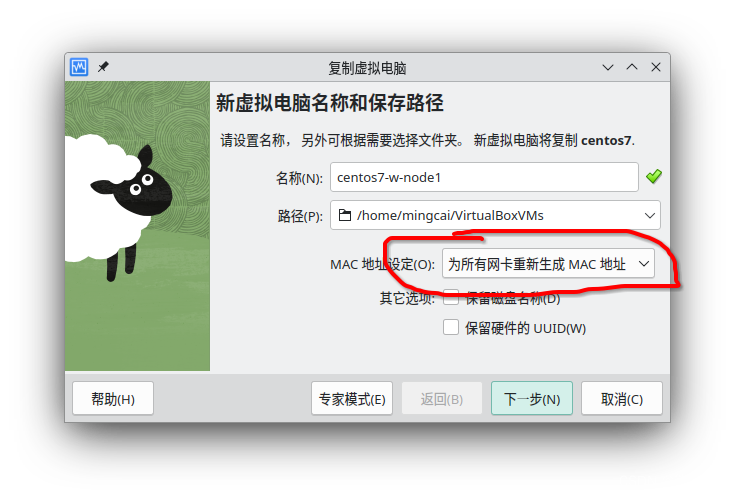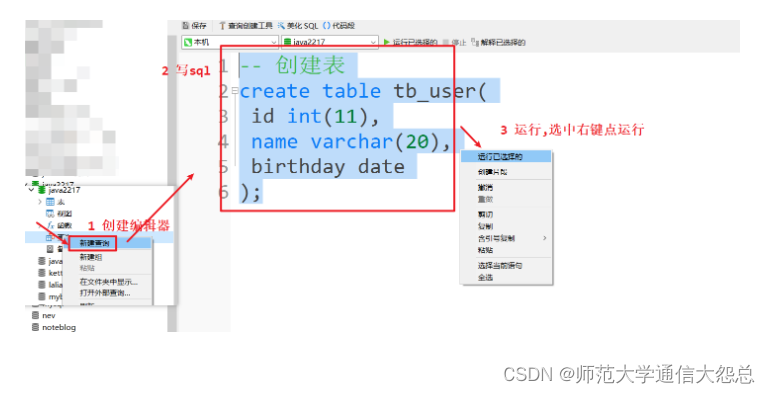前言

整体评价
属于VP,感觉还是能AK的,E是偏序题,F是改版的迪杰特斯拉。
A. Odd One Out
题型: 签到
t = int(input())
for i in range(t):
a, b, c = list(map(int, input().split()))
if a == b:
print (c)
elif a == c:
print (b)
else:
print (a)
B. Not Quite Latin Square
题型: 签到
模拟一下就好
′ A B C ′ − ′ A x B ′ + ′ ? ′ 'ABC' - 'AxB' + '?' ′ABC′−′AxB′+′?′
如果有多个空的话,可能需要借助DFS搜索会比较好
其他思路:
- 找到’?'所在的位子
- 然后标记清除
t = int(input())
acc = sum([ord(c) for c in 'ABC'])
for _ in range(t):
arr = [input() for _ in range(3)]
for i in range(3):
tmp = sum(ord(c) for c in arr[i])
if acc != tmp:
tc = chr(acc - tmp + ord('?'))
print(tc)
break
C. Can I Square?
思路: 模拟
即累加和为平方数
import math
t = int(input())
for _ in range(t):
n = int(input())
acc = sum(map(int, input().split()))
r = int(math.sqrt(acc))
if r * r == acc:
print("YES")
else:
print("NO")
D. Unnatural Language Processing
思路: 划分型DP + 构造
t = int(input())
def isV(c) -> bool:
if c == 'a' or c == 'e':
return True
return False
for _ in range(t):
n = int(input())
s = input()
vis = [False] * (n + 1)
source = [-1] * (n + 1)
vis[0] = True
for i in range(2, n + 1):
if isV(s[i - 1]) and not isV(s[i - 2]) and vis[i - 2]:
vis[i] = True
source[i] = i - 2
elif i >= 3 and not isV(s[i - 1]) and isV(s[i - 2]) and not isV(s[i - 3]) and vis[i - 3]:
vis[i] = True
source[i] = i - 3
res = []
x = n
while source[x] != 0:
res.extend(s[source[x]:x][::-1])
res.append('.')
x = source[x]
res.extend(s[:x][::-1])
print (''.join(res[::-1]))
E. Romantic Glasses
思路: map的应用
很有意思的一道题,感觉像map典题
引入奇数累加和,偶数累计加和,然后作差
如果map中存在,则必然存在一个区间,满足要求
在codeforce中,因为map要hack,所以要引入随机值进行异或
import random
t = int(input())
for _ in range(t):
n = int(input())
arr = list(map(int, input().split()))
h = random.randint(1, 1 << 30)
cnt = {h}
s1, s2 = 0, 0
ok = False
for i in range(n):
if i % 2 == 0:
s2 += arr[i]
else:
s1 += arr[i]
d = s1 - s2
if (d ^ h) in cnt:
ok = True
break
cnt.add(d ^ h)
if ok:
print ("YES")
else:
print ("NO")
F. Greetings
思路: 偏序类问题
t = int(input())
class Bit(object):
def __init__(self, n):
self.n = n
self.arr = [0] * (n + 1)
def query(self, p) -> int:
r = 0
while p > 0:
r += self.arr[p]
p -= p & -p
return r
def update(self, p, d) -> None:
while p <= self.n:
self.arr[p] += d
p += p & -p
def expr(self):
print (self.arr)
for _ in range(t):
n = int(input())
ops = []
ys = []
for i in range(n):
l, r = list(map(int, input().split()))
ops.append((0, l, r))
ops.append((1, r, 0))
ys.append(l)
ys.append(r)
ops.sort(key=lambda x: (x[1], x[0]))
ys.sort(key=lambda x: x)
m = len(ys)
hp = {}
for (i, k) in enumerate(ys):
hp[k] = i+1
bit = Bit(m)
res = 0
for (c, d, er) in ops:
if c == 0:
res += bit.query(m) - bit.query(hp[er] - 1)
bit.update(hp[er], 1)
elif c == 1:
bit.update(hp[d], -1)
print (res)
F. Bicycles
思路: 改版dij
扩展节点,引入新节点(cityId, cycleId)
这样就能求解出最优的解来了
import java.io.BufferedReader;
import java.io.IOException;
import java.io.InputStreamReader;
import java.util.*;
public class Main {
public static void main(String[] args) {
AReader sc = new AReader();
int t = sc.nextInt();
while (t-- > 0) {
int n = sc.nextInt(), m = sc.nextInt();
List<int[]> []g = new List[n];
Arrays.setAll(g, x->new ArrayList<>());
for (int i = 0; i < m; i++) {
int u = sc.nextInt() - 1, v = sc.nextInt() - 1;
int w = sc.nextInt();
g[u].add(new int[] {v, w});
g[v].add(new int[] {u, w});
}
int[] vs = new int[n];
for (int i = 0; i < n; i++) {
vs[i] = sc.nextInt();
}
long inf = Long.MAX_VALUE / 10;
long[][] path = new long[n][n];
for (int i = 0; i < n ;i++) {
Arrays.fill(path[i], inf);
}
PriorityQueue<long[]> pq = new PriorityQueue<>(Comparator.comparing(x -> x[1]));
pq.offer(new long[] {0, 0, 0});
path[0][0] = 0;
while (!pq.isEmpty()) {
long[] cur = pq.poll();
int vid = (int)cur[0];
int sid = (int)cur[2];
if (path[vid][sid] < cur[1]) {
continue;
}
int ss = vs[vid] < vs[sid] ? vid : sid;
for (int[] e: g[vid]) {
int v = e[0], w = e[1];
if (path[v][ss] > cur[1] + (long)vs[ss] * w) {
path[v][ss] = cur[1] + (long)vs[ss] * w;
pq.offer(new long [] {v, path[v][ss], ss});
}
}
}
System.out.println(Arrays.stream(path[n - 1]).min().getAsLong());
}
}
static
class AReader {
private BufferedReader reader = new BufferedReader(new InputStreamReader(System.in));
private StringTokenizer tokenizer = new StringTokenizer("");
private String innerNextLine() {
try {
return reader.readLine();
} catch (IOException ex) {
return null;
}
}
public boolean hasNext() {
while (!tokenizer.hasMoreTokens()) {
String nextLine = innerNextLine();
if (nextLine == null) {
return false;
}
tokenizer = new StringTokenizer(nextLine);
}
return true;
}
public String nextLine() {
tokenizer = new StringTokenizer("");
return innerNextLine();
}
public String next() {
hasNext();
return tokenizer.nextToken();
}
public int nextInt() {
return Integer.parseInt(next());
}
public long nextLong() {
return Long.parseLong(next());
}
// public BigInteger nextBigInt() {
// return new BigInteger(next());
// }
// 若需要nextDouble等方法,请自行调用Double.parseDouble包装
}
}
写在最后

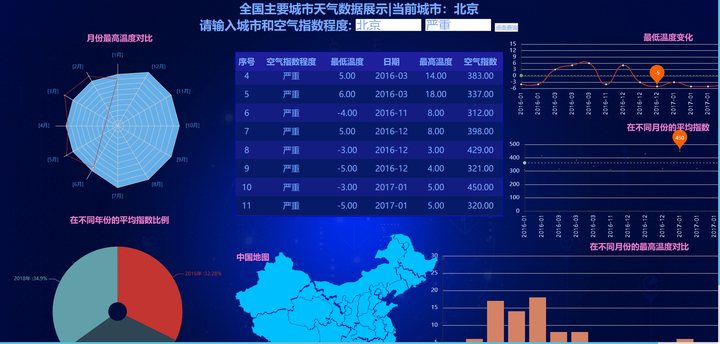
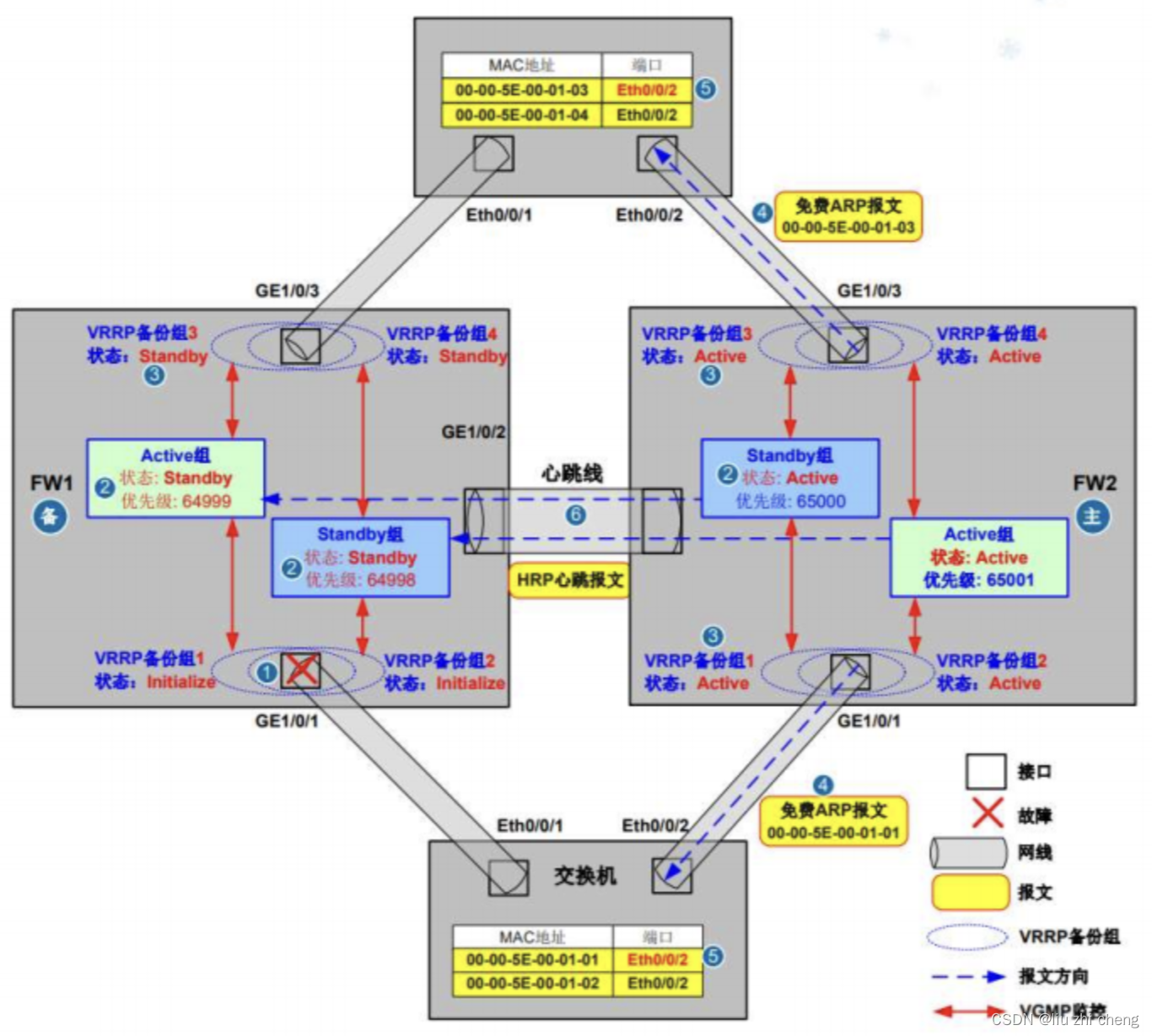



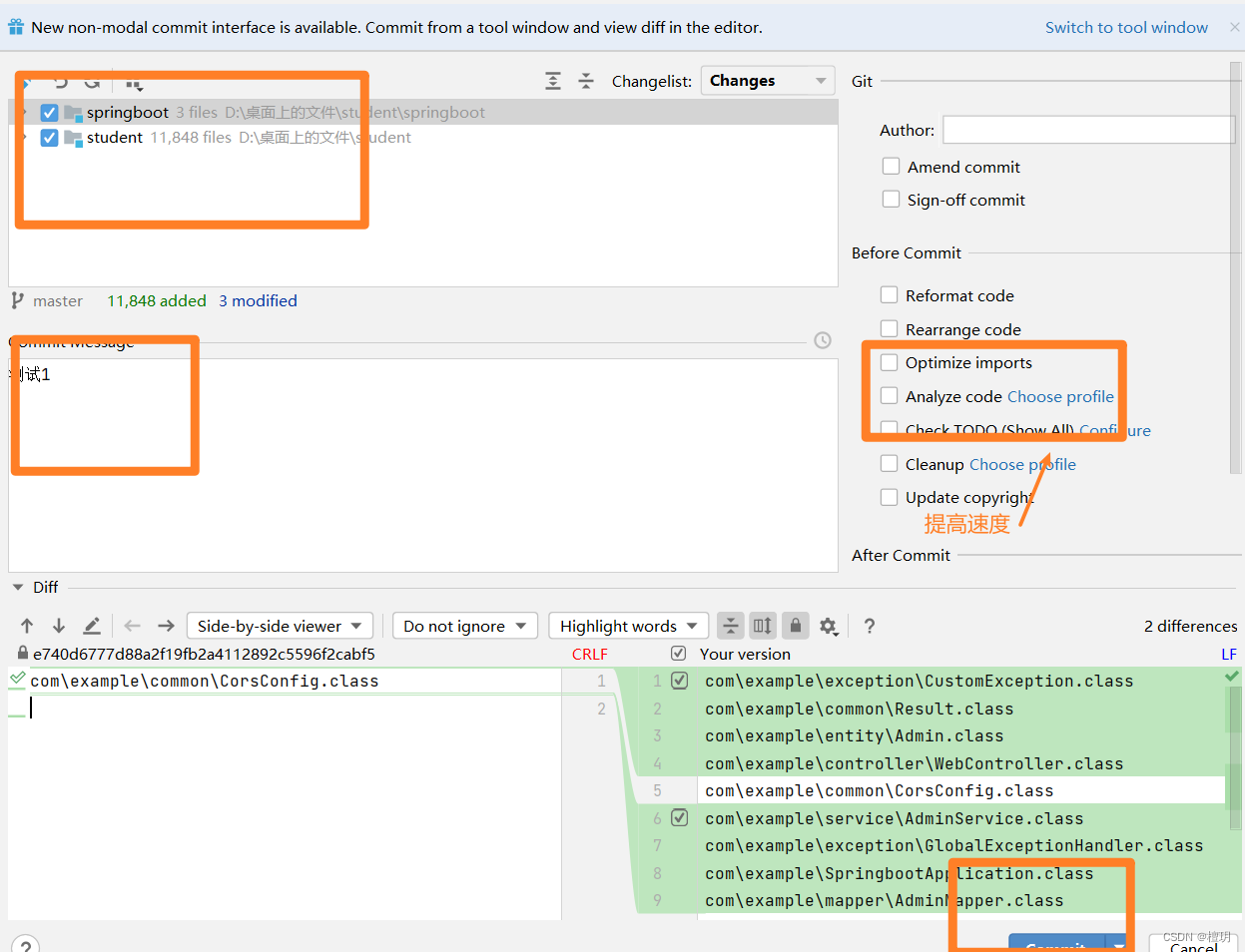





![[NCTF2019]Fake XML cookbook(特详解)](https://img-blog.csdnimg.cn/img_convert/9120e977398ad6ab344248cd4c459b12.png)
